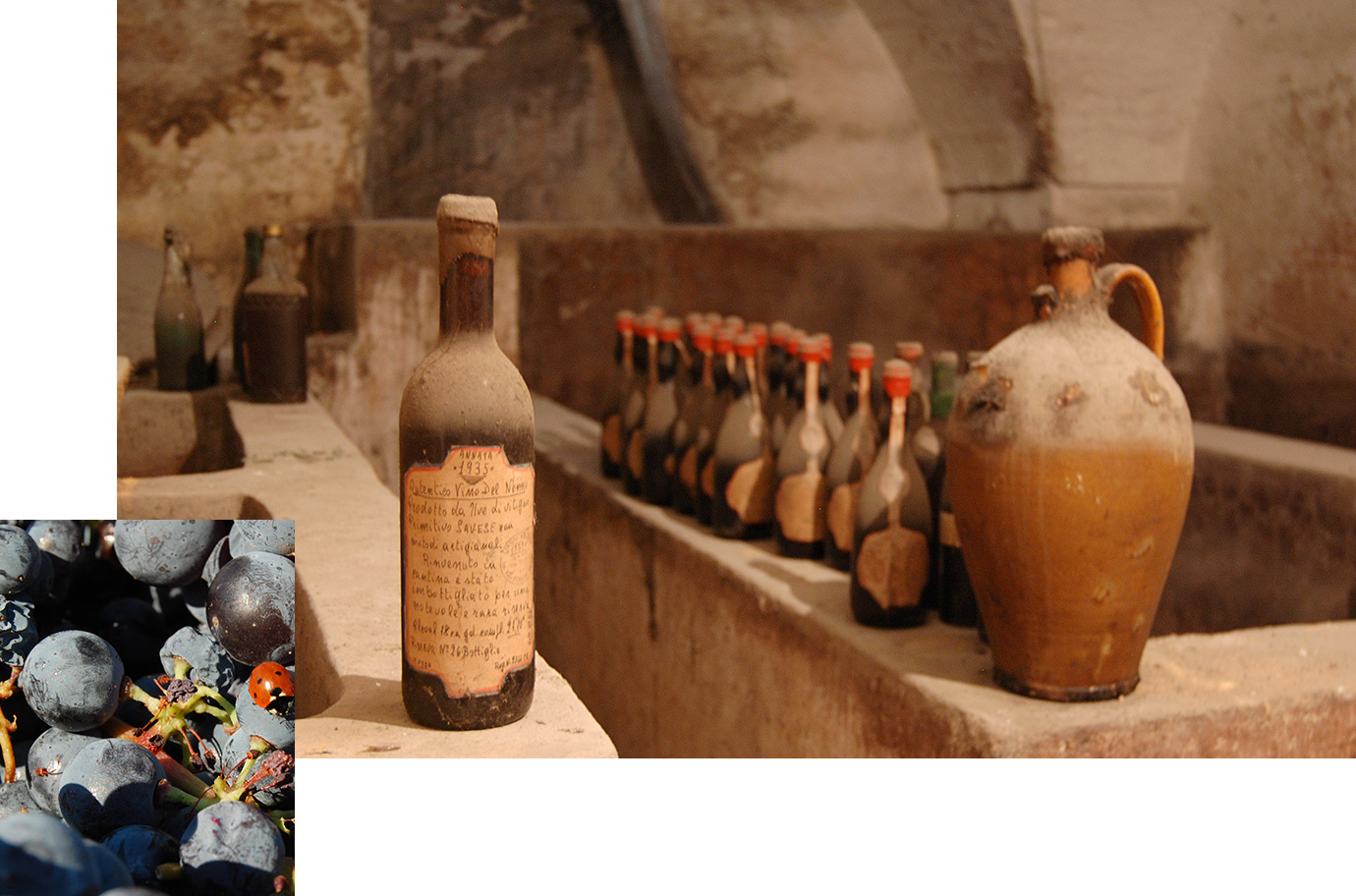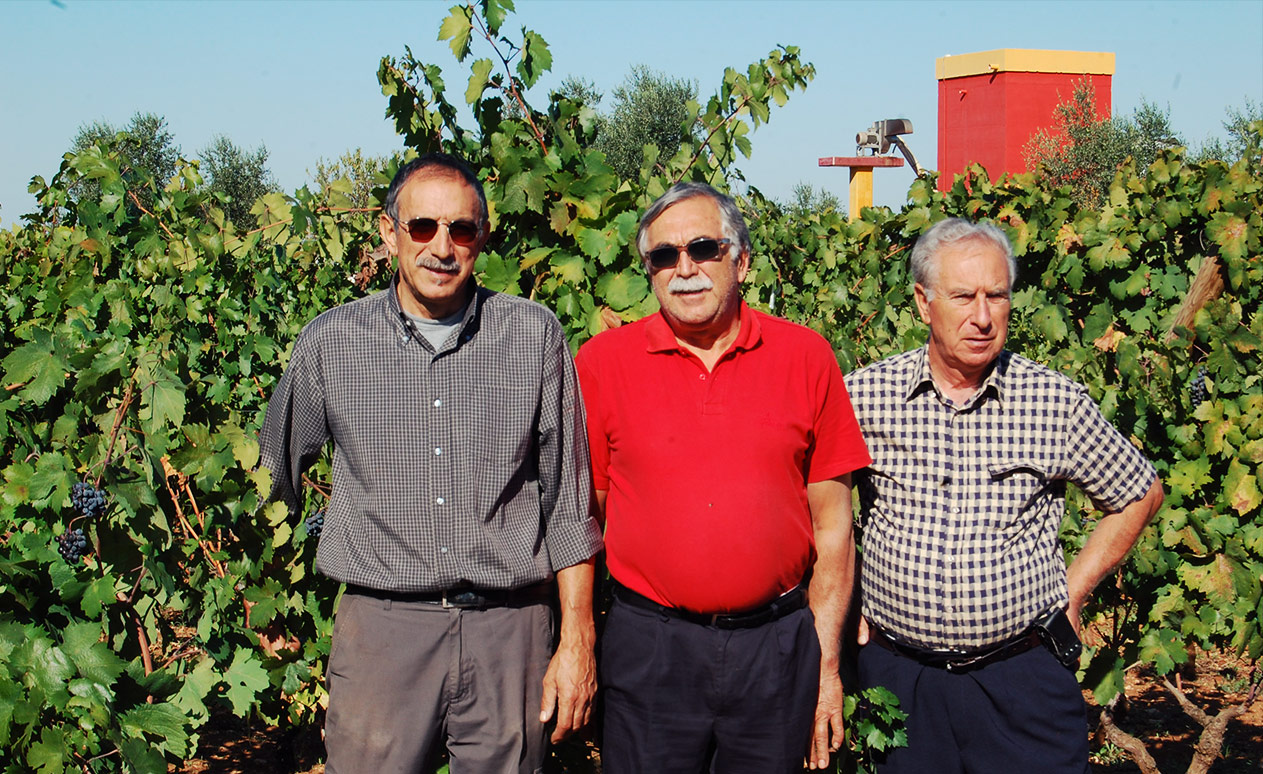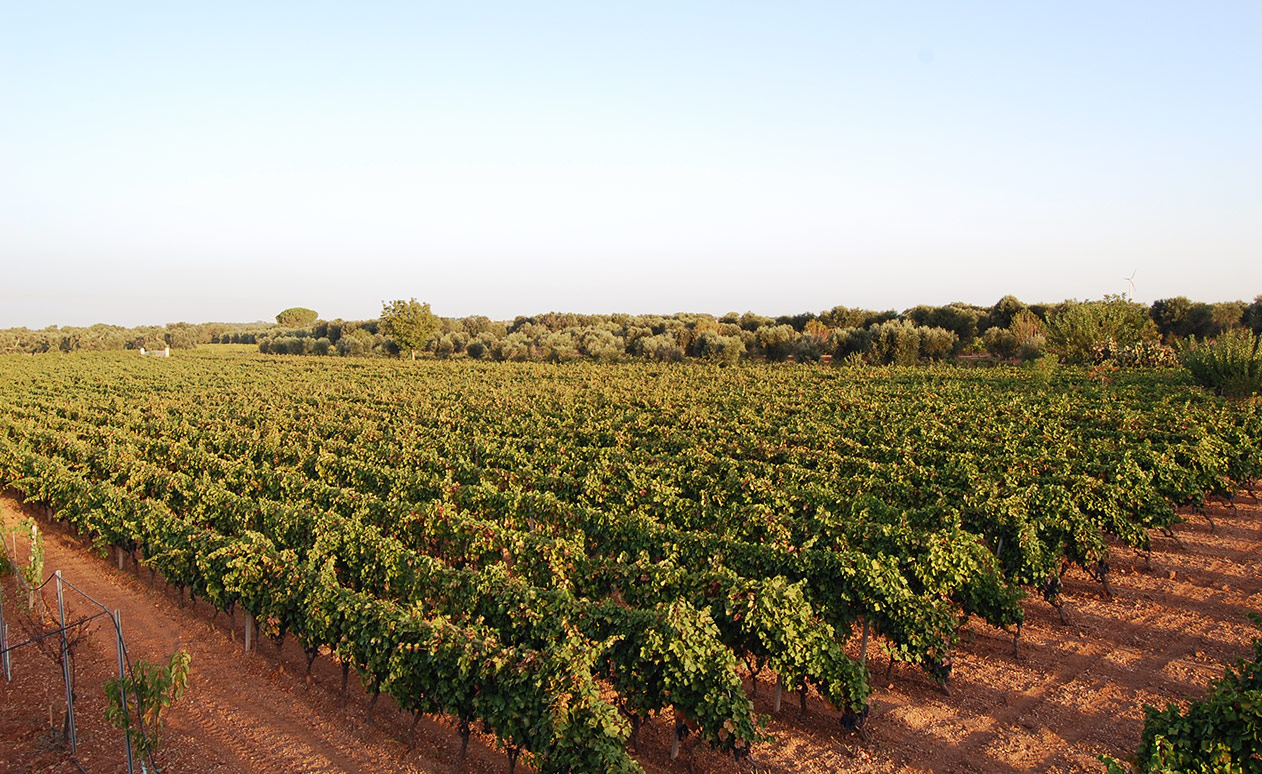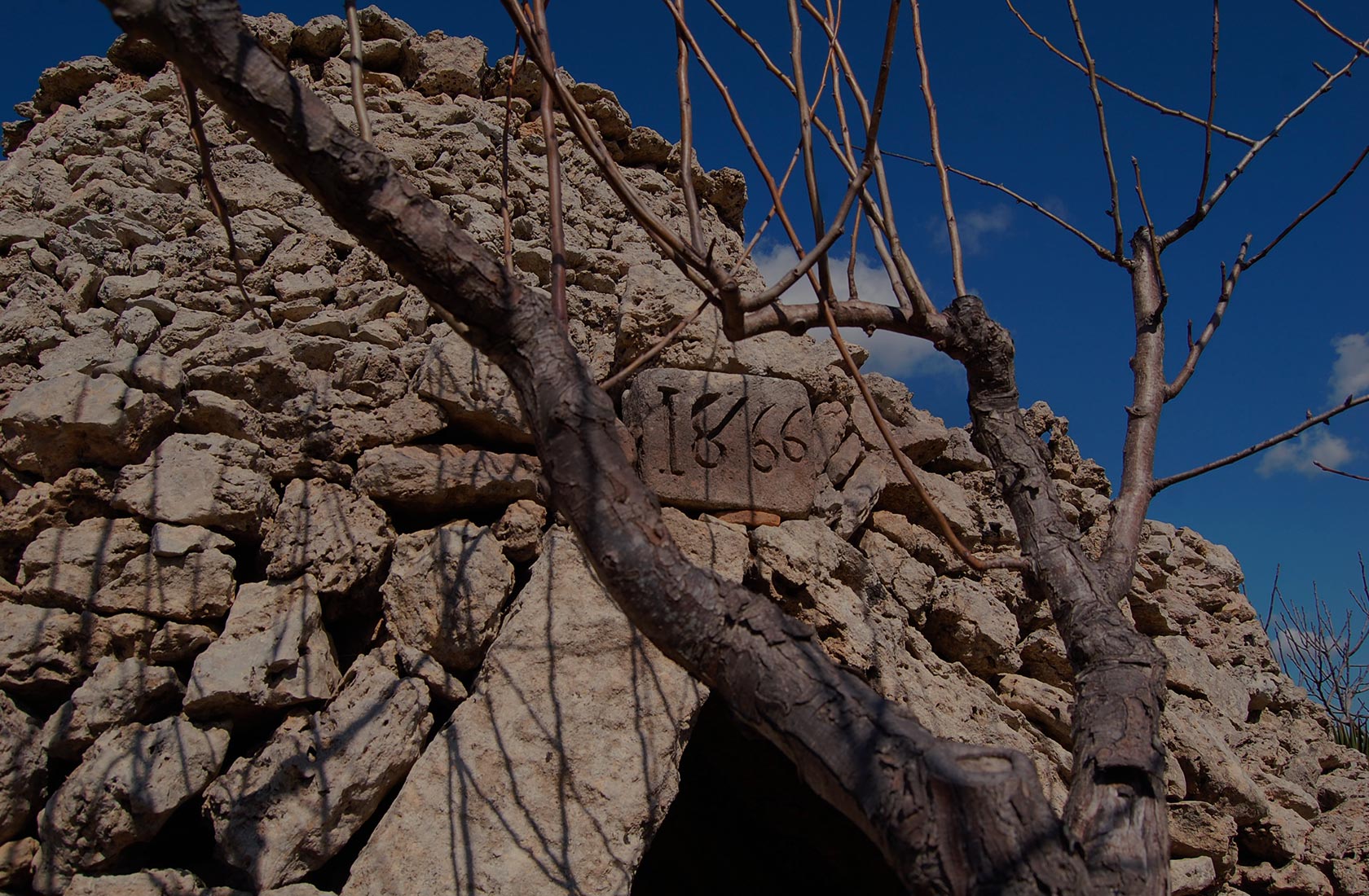THE FAMILY AND PRODUCTION METHODS.
The leading figure behind us was: Gaetano Pichierri.
A farmer, then a wine-maker who gained experience in Sava’s old wineries, the fame of whom spread throughout Italy in the 19th century thanks to the enologists Amerigo Mancini and Guido Calò.
After the war, Gaetano set up his own winery, which would be later passed on his sons Cosimo, Vittorio, Roberto and Aldo.
Since the 1970s, the siblings have also started bottling their wines in order to widely spread Vinicola Savese products across the country.

The motto of Vinicola Savese is to continue to offer some of the best dry and natural-sweet wines ever.
Vinicola Savese practices viticulture using ancient training and production systems: harvesting, summer pruning and thinning of grapes are done by hand; bunches are carefully selected but, more importantly, grapes are made from crops which are very rarely and little aggressively subjected to chemicals.
The biological ageing with wild yeasts, which support spontaneous fermentation, along with the prolonged storage of wines both in glass-layered concrete casks and terracotta ‘Capasoni’ which are placed at basement level and thus are thermally inert, also helped shape the identity of such Primitivo, distinguishing it from any clonal varietal.

The place of Sava has always been renowned as an important wine-producing area. With its characteristic loamy and chalky soil, it is a land of long wine-growing tradition; and one of the most popular variety of grapes that has become a local classic is Primitivo.

Even in ancient times Primitivo was known as "Vino di Sava" or "Primitivo di Sava", as vineyards were just within Sava municipal boundaries, over long years the wine has been renamed "Primitivo di Manduria" after the neighbouring station from where storage tanks used to be shipped to north Italy.

MONDAY - SATURDAY
08:00 - 13:00 | 17:00 - 19:30
SUNDAYCLOSED
74028 Sava (TA)
S.S.7 ter Km 27, 790



